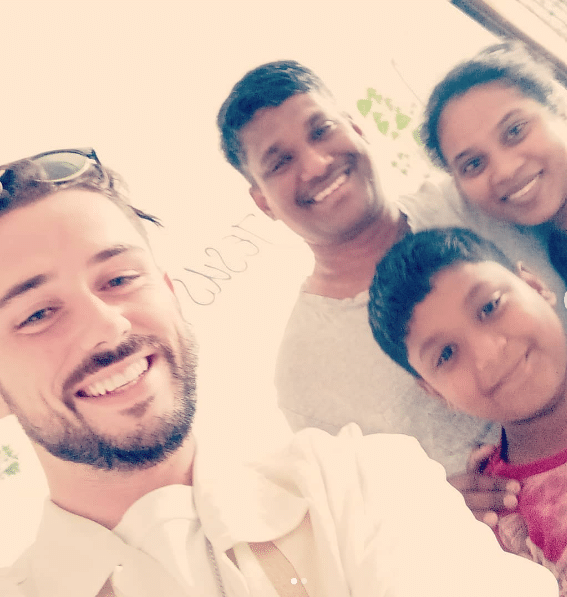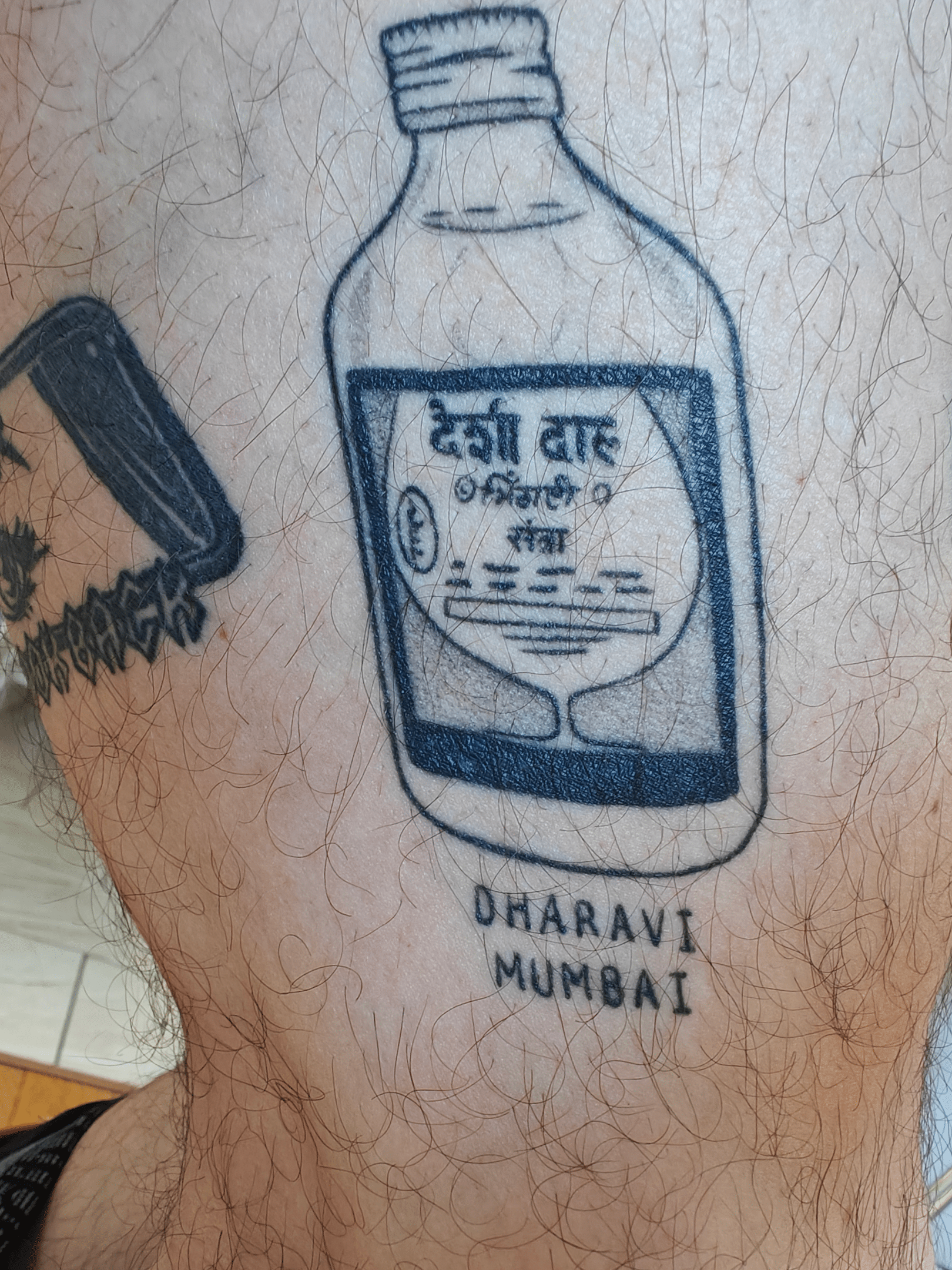
What is Dharavi, and Why Does it Matter?
Every time I go on a trip, there is always a purpose behind it, something intangible I can carry with me for the rest of my life.
Going to the Dharavi was one of these times I was seeking exactly that, but before I go anywhere with this, I must address the term “slum tourist”.
I would be critical towards anyone who takes an opportunity to visit a slum as a chance to act as a voyeur.
Poverty and hardship should not be used as a spectacle for one’s entertainment; this essentially perpetuates stereotypes and misunderstandings.
Visiting the Dharavi was more about building empathy and understanding about what is happening in the world we all share.
People who live in areas of urban poverty are deemed to be a lower class, which is not true; we are all the same.
M to sit with locals and have a cultural exchange, to give and have an opportunity to learn from each other.
These exchanges promote mutual respect and understanding, breaking down barriers between socio-economic groups.
Additionally, supporting the local economy is always a positive step. I don’t claim to be trying to eradicate poverty or anything of that nature. My goal is to learn and understand more about the world around me. If I can also educate others in the process.
Here is my story.
Where It All Began
A story that unfolded in the lanes of Dharavi, Mumbai. It was a journey that began unexpectedly.
On a flight from Delhi to Mumbai, as the night stretched into the early hours of 4 AM, I found myself without a place to stay.
A kind man who was then a stranger but now a friend invited me to stay in his house with his family in the suburbs of Mumbai (Borivali, if memory serves me right)
For three nights, I was a guest in his humble abode. Our days were simple yet decadent. The lady of the house had a fresh plate of dosa in front of me every time I blinked; Indian hospitality is a 10/10.
During these dosa binges, I expressed a desire to visit the slums of Dharavi; I wanted to fully engage with the community by experiencing their daily routines and understanding their way of living.
Initially, there were doubts about my reason for travelling. He was confused about why I was interested in going, but he agreed to bring me once I explained my motivations.
Below is Sam and his wife and kid.

My First Night In The Dharavi Slum
As mentioned earlier, I believe that it is ethically wrong for tour guides to take videos of slum residents while bringing Westerners around.
It’s just not something I feel comfortable with. Instead, I substituted the tour guide’s camera with a plastic bag full of Kingfisher beers.
I believe the locals would benefit more from this gesture than having their pictures taken and posted on social media platforms like Instagram.
With only a backpack and a plastic bag filled with Kingfisher beers, I boldly entered the heart of Dharavi. The slum’s narrow streets and closely packed homes were unlike any place I had ever been.
At first, a level of intensity coursed through my veins alongside the kingfisher; this eventually subsided as the day went on, thankfully.
As I was tunnelling through the Dharavi maze, an older lady was sweeping just outside her dwelling. We both locked eyes, equally interested in each other.
I learned her name was Yara, a mother of three with a loving husband who worked in the leather trade (quite common in the Dharavi).
I offered her a kingfisher, but she politely declined. “would your husband like one?” She nodded and led me into her home, where I found her husband watching TV.
I took a seat, cracked him a beer and joined him.
It was a pure human connection, untainted by social norms and status complexities.
Just two dudes having a beer. I also want to highlight the ease with which they welcomed me into the house and how casual it was.
I almost felt like I was a resident.
This is the kind of carry-on I love.

From Shadows To Spotlight: Desi Daru
As we sat around for the night sharing stories of the past and hopes for the future, I couldn’t help but ask about an infamous drink called Desi Daru which is intertwined in the fabric of the Indian culture (like moonshine).
The production and sale of alcoholic drinks are often a part of the informal economy and might not always be easy to get.
In the Dharavi, you will find a lot of local vendors not complying with the typical regulations, thus rendering it illegal.
So we went out to get our hands on a bottle of this.
It took longer than expected as his usual guy got shut down.
I found myself hunched underneath a tarp with a handful of squashed rupees in my hand.
About five men were in this makeshift bar, sitting on whatever they could find to prop themselves up. “Have you got any Desi Daru?”. We were in luck.
For the rest of the night, we continued as we started, watching TV and talking about life business.
This short but enriching stay reaffirmed my beliefs about human beings being unique.
No matter what colour or demographic, many of us want to do the same thing: drink a beer, watch TV and chat.
My Top Tips For The Dharavi
1: Dive into the Culture: Allow yourself to be vulnerable; it’s in these moments we can see what we are made of and also allow us to connect with people whom we felt were too far from our reach.
2: Takes Two To Tango: Engage with the locals with your words and your spirit. Let every conversation be a bridge to understanding. Ask them about their issues, and don’t be afraid to share. This is a mutual exchange.
3: Fuel the Local Fire: Every rupee spent on local crafts is a spark that helps keep the fire of Dharavi’s economy burning. Be a part of their growth story. But leather and Desi Daru.
4: Unearth the Untold: Before you set foot in Dharavi, arm yourself with knowledge. Discover its past and present so you can see beyond the clichés. Read blogs and watch videos. Be so moved that you make one yourself one day.
5: Shatter the Glass of Stereotypes: Look beyond the stereotypes. Let your experience in Dharavi be a hammer that breaks down the walls of misconception. Don’t believe everything you read on the internet, except this. I’m telling the truth.
6: Respect is Your Passport: This will allow you to cross the border of the front door. You show respect, and you shall receive.
7: Be an Ambassador of Empathy: Carry empathy in your backpack. Understand that every smile and every frown you encounter has a story behind it. Look people in their eyes and ask them how they are. Everyone has a story, including you.
8: Leave No Trace but Love: As you explore, leave nothing behind but positive impressions and take nothing but memories and a deeper cultural understanding. This is what it’s all about.
9: Be a Storyteller of Truth: Become a voice for Dharavi after your journey. Share your experiences to paint a true picture, breaking the monochrome of stereotypes.
Final Thought’s
With its labyrinth of narrow streets and densely packed houses, Dharavi is not a tourist spot but more a terrain where one can connect to show how much they care. Meeting the people you read about at their front doorstep emits an energy of trustworthiness.
It holds more value than spectating from a telescope. If you have an interest in a particular group of people, go and share with them. It’s likely to be well-received. Especially if you have a tattoo of their favourite drink. Check this out




